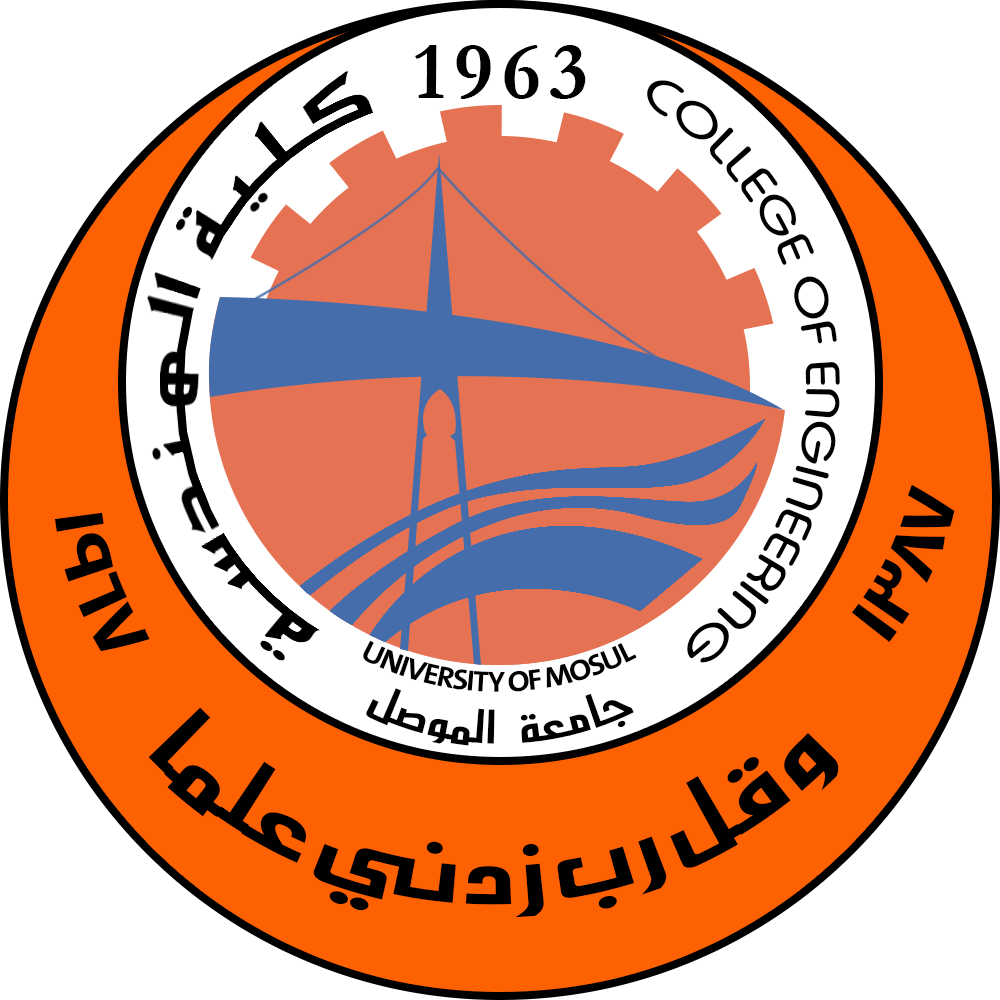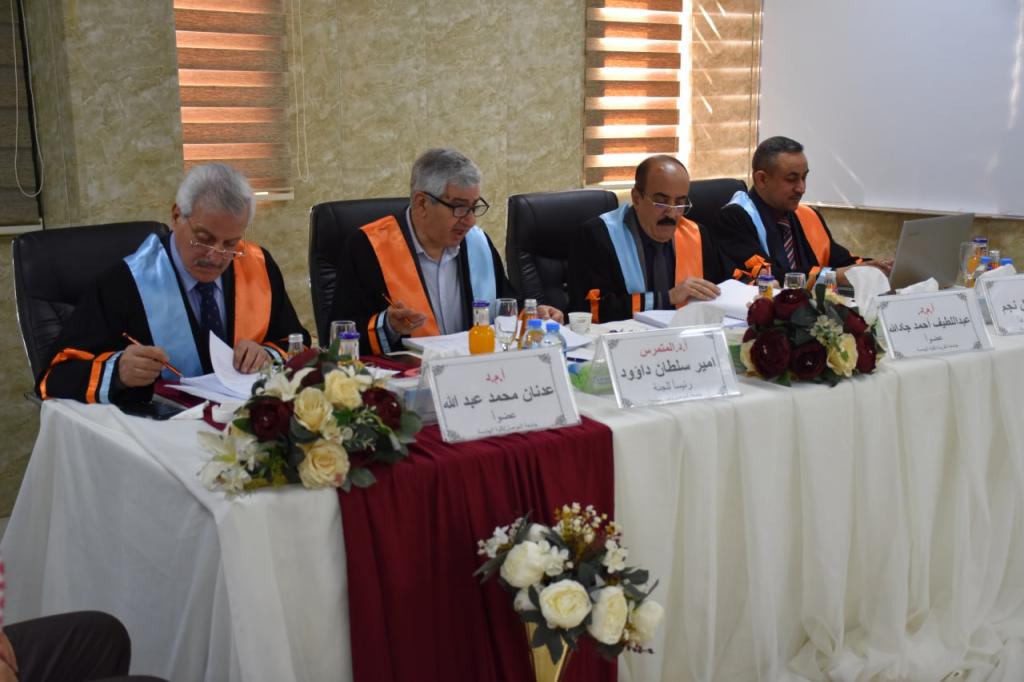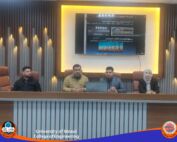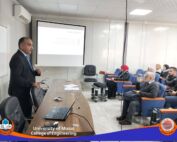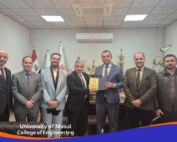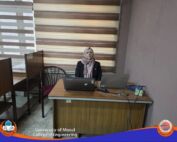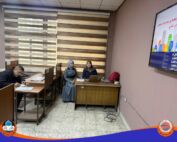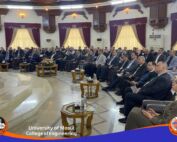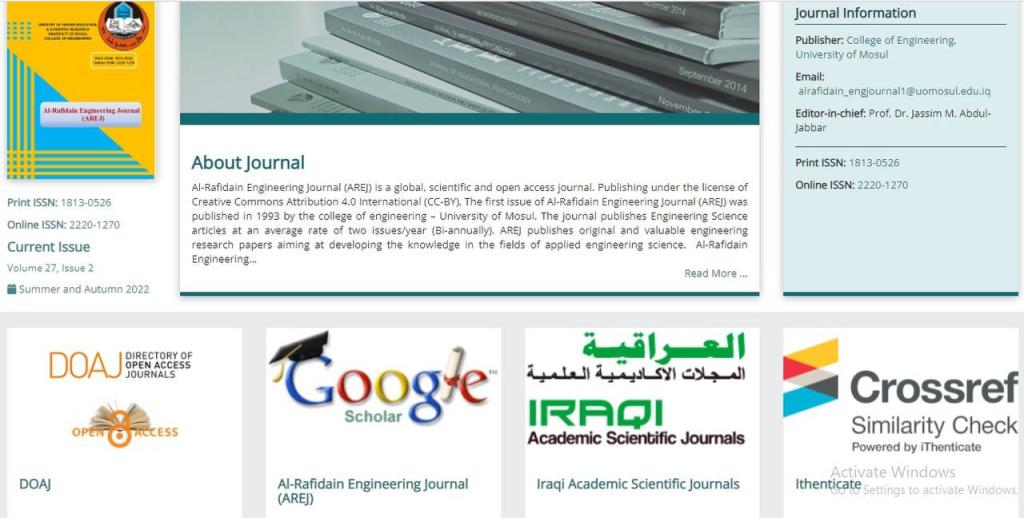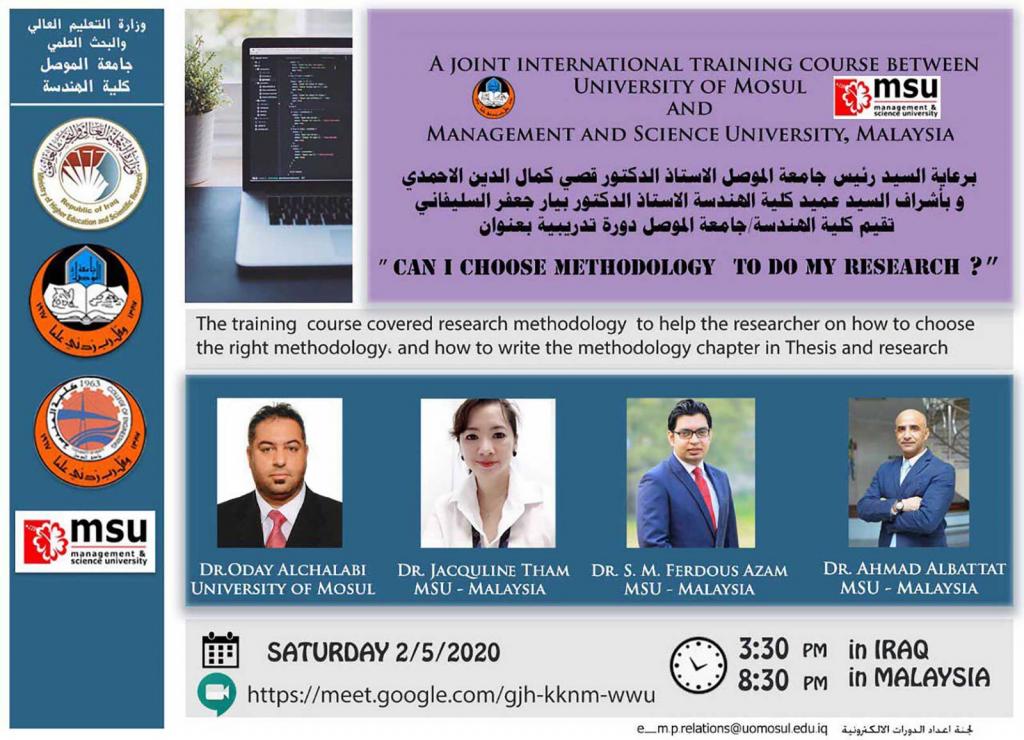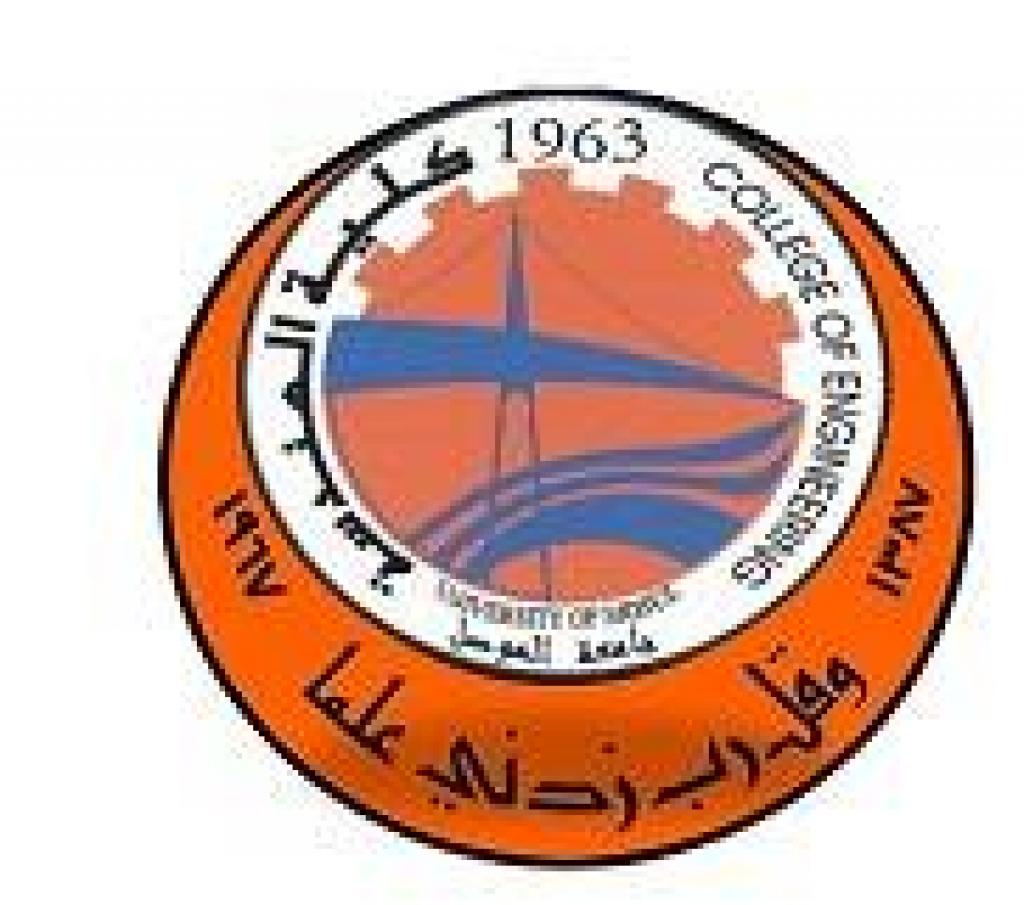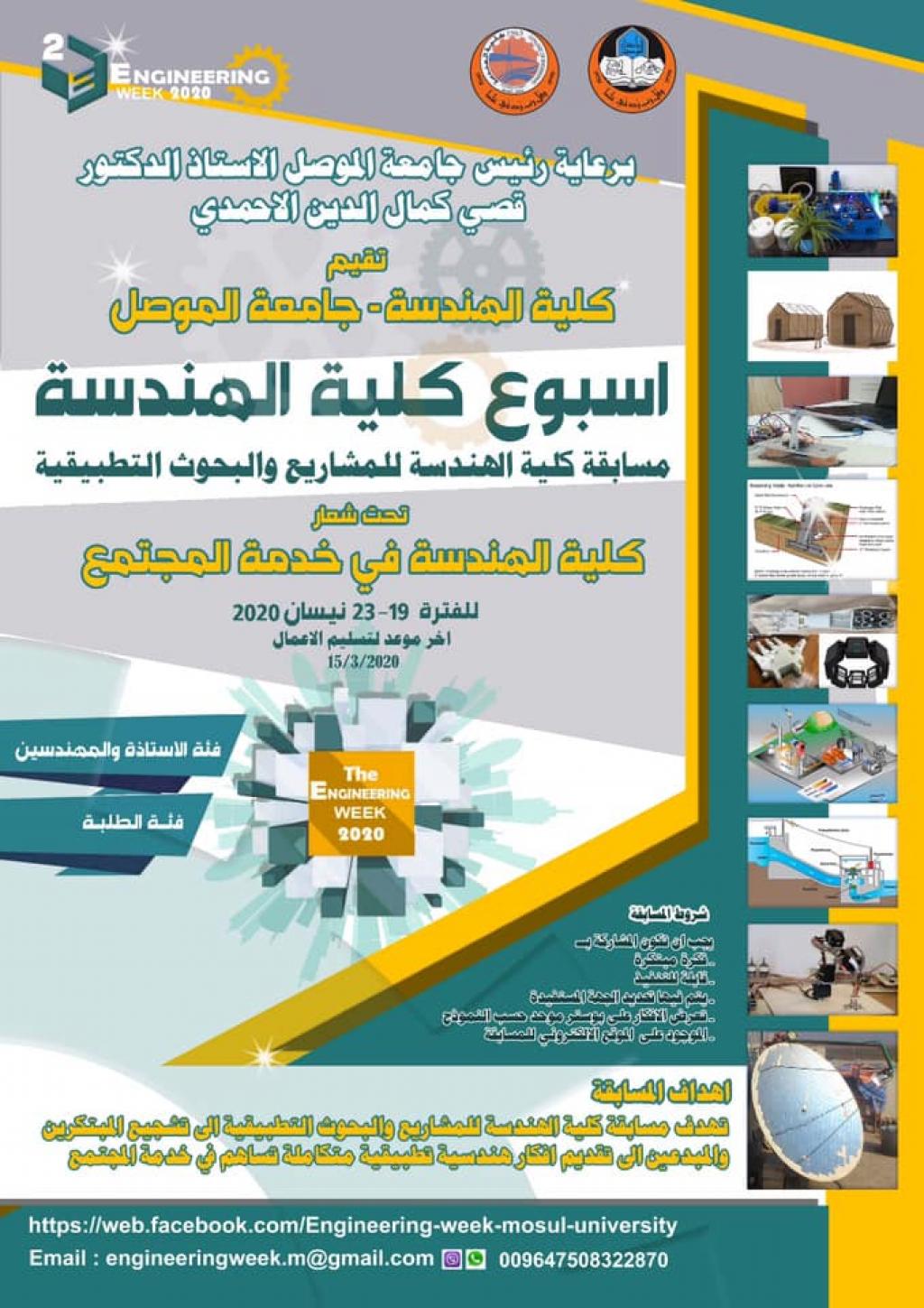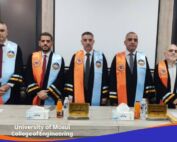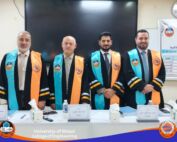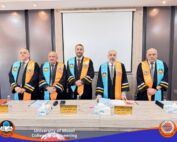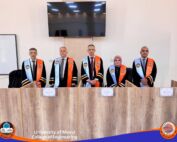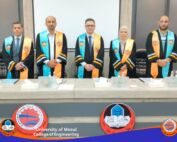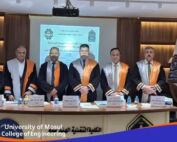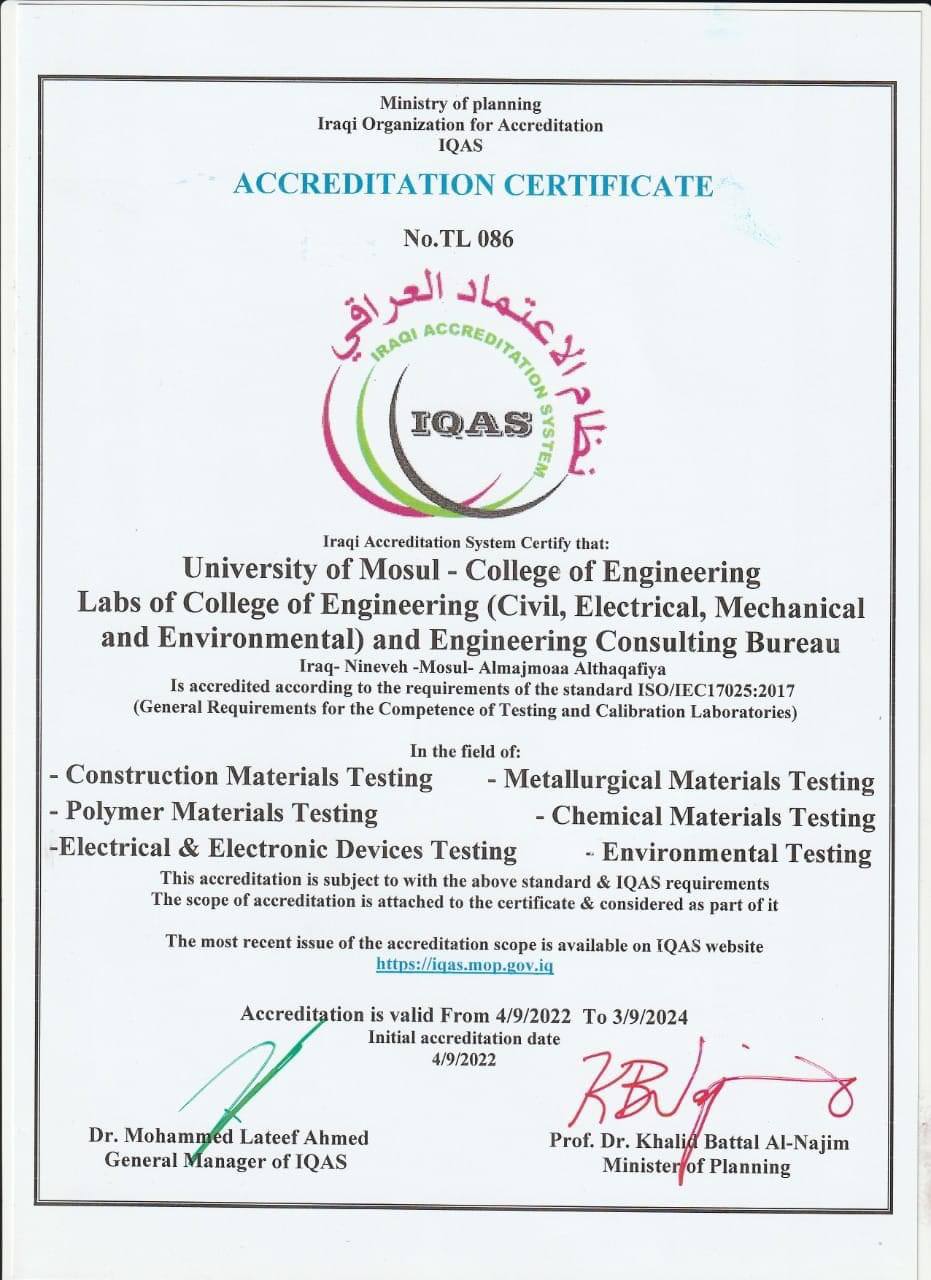24 March، 2022
Master Thesis on “On Meanline Flow and CFD Design of Supercritical CO2 Compressor”
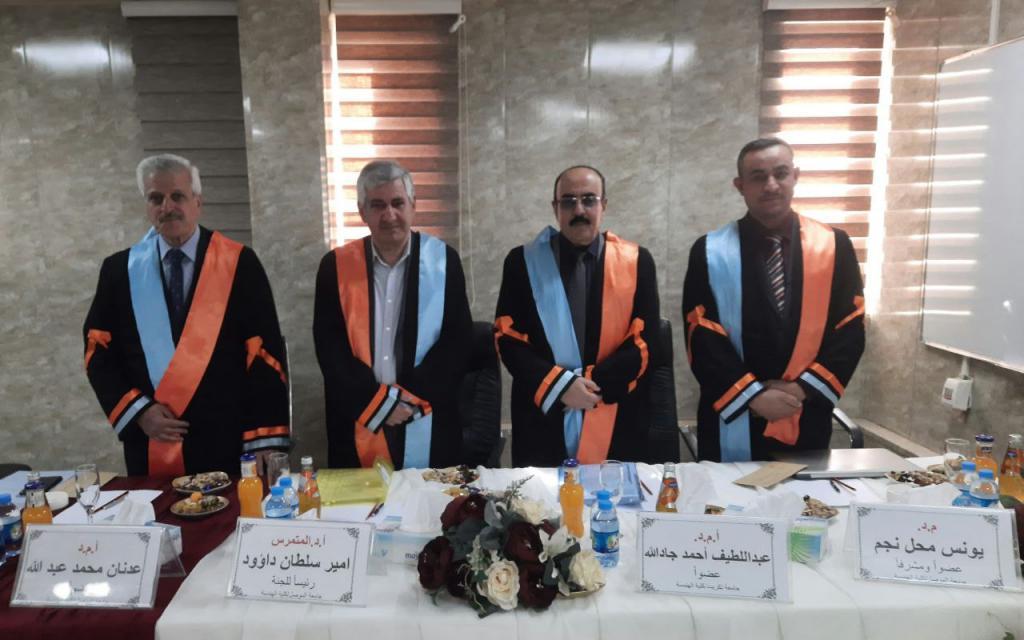
A master thesis was discussed in Department of Mechanical Engineering / College of Engineering at University of Mosul entitled “On Meanline Flow and CFD Design of Supercritical CO2 Compressor” submitted by (Firas Khaleel Hussein Alok), Supervised By Dr. Younis M. Najim on Thursday, March 24, 2022.The supercritical CO2 Brayton Cycle has received a considerable interest in recent years due to high thermal efficiency, equipment compactness and emission reduction. Centrifugal compressor represents a main component in small and moderate Brayton power cycle. The thermophysical properties of supercritical CO2 dramatically change with pressure and temperature as they evolve through compressor passage. The density of supercritical CO2, for example, approaches 60% of water density near the critical region, which requires a smaller impeller size and hence develops poor isentropic/polytropic efficiency. As a result, the compression process of supercritical CO2 has not been well developed.The study presents a design process of rotor and vaned diffuser of a radial supercritical CO2 compressor employing 1D meanline analysis to design the compressor rotor and vaned diffuser. Three dimensional CFD simulations are then applied to further explore the performance of the new designed compressor and the evolution of thermophysical fluid properties in the compressor passage. The supercritical CO2 fluid is modeled as a real fluid using REFPROP database which is coupled with meanline and CFD solvers. Total temperature and pressure are specified at the compressor inlet while mass flow rate is imposed at the diffuser outlet. The meanline and CFD schemes are validated with available experimental data from Sandia National Laboratory (SNL). The validation results are in good agreement with the experiment data and the average relative error is found to be 2.3296%. The flow structure is found to be streamed and only small regions of circulation flow observed at the suction side of the main blade. The CFD results reveal an abrupt variation of real fluid density in spanwise direction at the compressor inlet which sheds light into improving the conventional schemes of designing supercritical inlet conditions that can improve the efficiency of a supercritical compressor. The tip clearance effect has developed backflow near the shroud at the rotor inlet which cannot be well predicted by meanline analysis.
